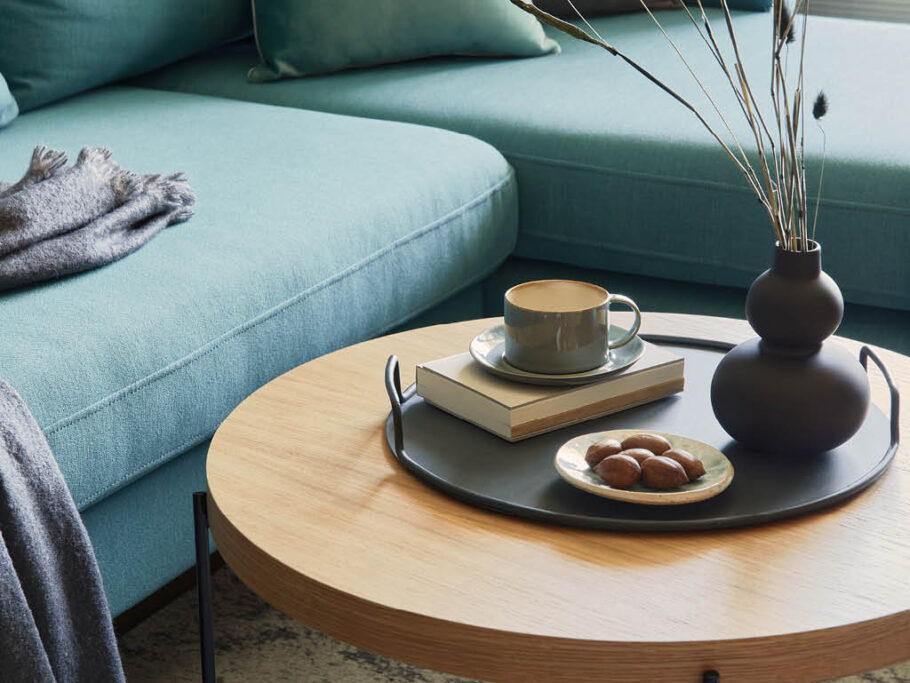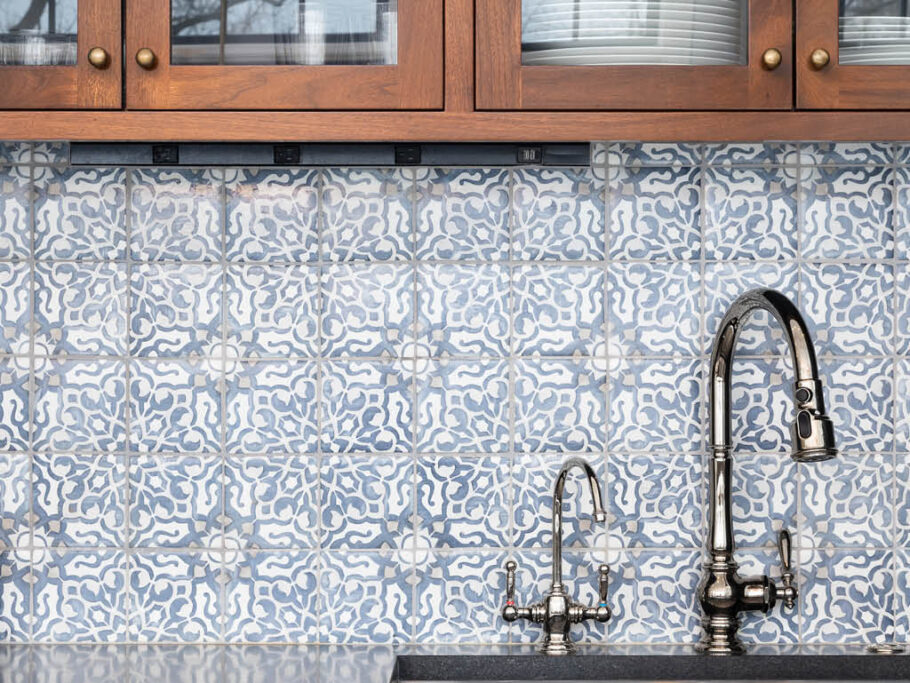Brushstrokes and Progress
Interview with Anita Yan Wong
Artist and educator Anita Yan Wong uses her background and expertise to push traditional art into a modern paradigm, shifting outdated norms and inspiring students to find their own stories.
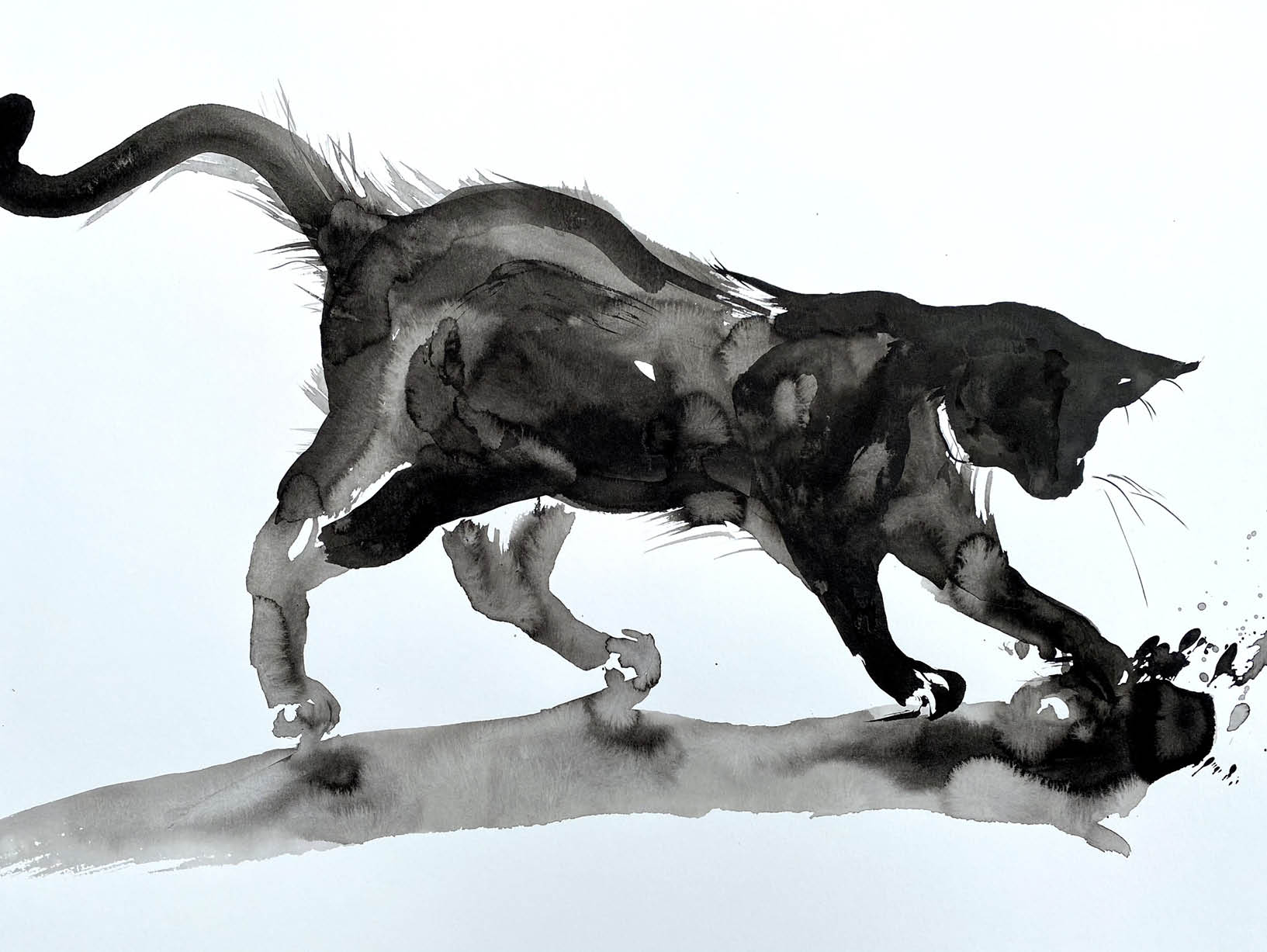
Where did you grow up? What is your background in art?
I was born in Beijing and moved to Hong Kong when I was four. I was always quietly drawing while other children were running around the playground. I started learning Lingnanstyle Chinese painting, a fusion and mastering of Japanese, Chinese, and Western art, when I was six from a third-generation master who was one of the first pupils of master artist Chao Shao-an. I was accepted by Chao as a young pupil, but my single mom could not afford the tuition fees from such a famous artist at the time.
We decided to go down a different path instead and headed west so I could continue my art studies and embrace the true essence of Lingnan art. My mom believed in my art and my ability to achieve success. With her encouragement, I applied to and was accepted into the Hong Kong Polytechnic University’s art and design program. I continued my studies at Central Saint Martins, University of the Arts London. I eventually moved to Maryland to complete my master’s degrees in digital arts and photography at the Maryland Institute College of Art.
Is there an art era you wish you’d been alive for? Who or what has inspired you?
I am happy to be living now in this era—I enjoy both freedom of speech and travel as a woman. I do not have a pair of bound feet, and I’m not limited in my creativity. I am quite inspired by nature and the impressionist painters. As Claude Monet said, “I am following Nature without being able to grasp her, I perhaps owe having become a painter to flowers.”
The new Lingnan Guo Hua style I am developing is inspired by impressionism for its characteristics in expressive, defined brushstrokes; shimmering effects of light; and movement and passage of time. I’m fascinated not only by the style but also by the movement that brought painters outdoors to experience nature. Unlike realist painters, impressionist painters and Guo Hua painters are using the medium as an expression of their feelings and viewpoints toward the subject matter rather than as an imitation of reality.
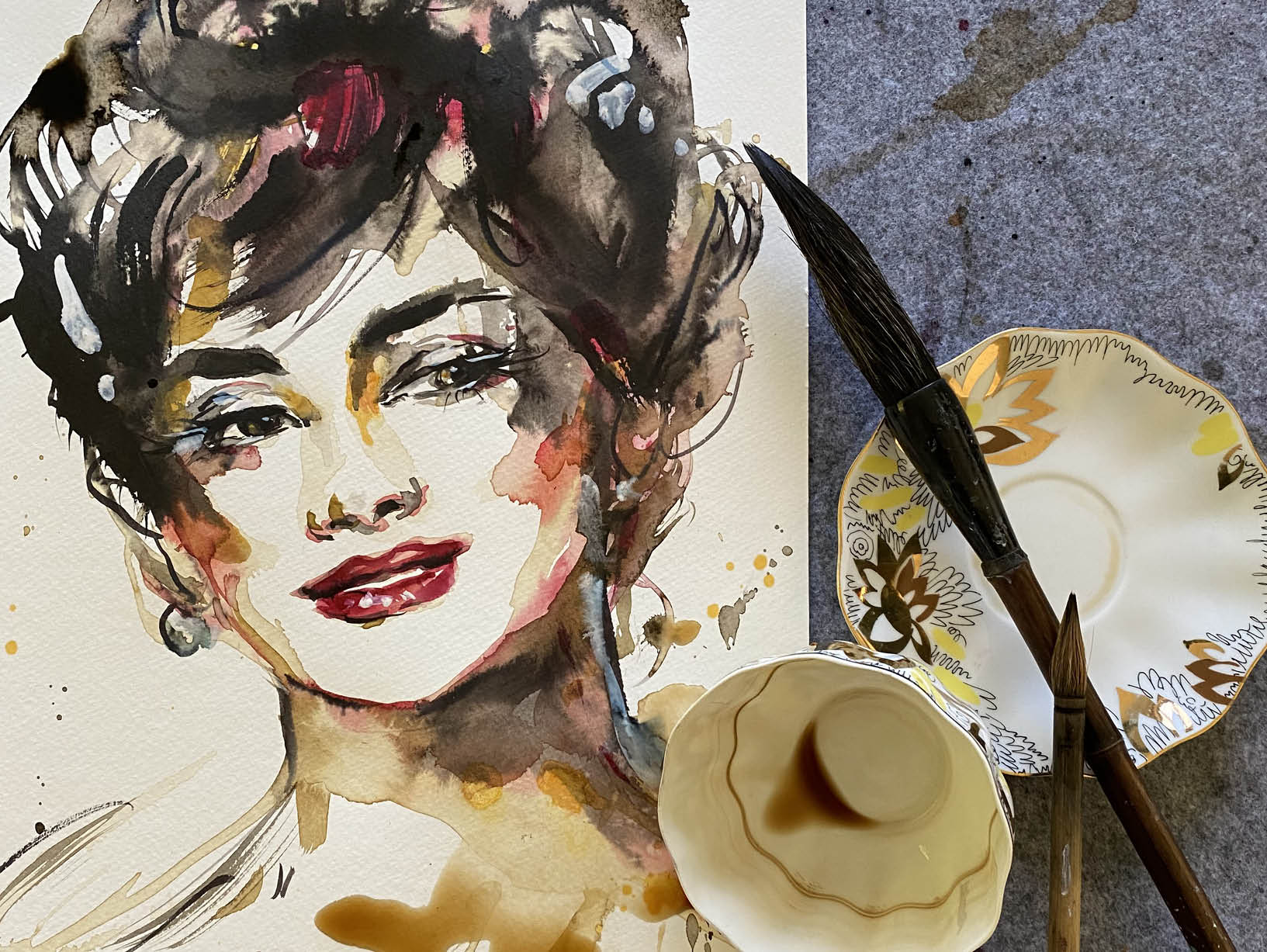
When did teaching come into play? What does the relationship between creating art and teaching look like?
My mom is a linguistics and history teacher, and I have always admired and respected the field of teaching. I became a professor in electronic media and culture in my early twenties and continued my career as an art and design professor for over fourteen years. I taught at the School of Visual Arts, the Maryland Institute College of Art, the Art Institute, and Temple University.
Students are my main inspiration; they bring fresh topics and ideas into the classroom, and they are the future of traditional art.
I believe I have unconsciously blended my goal as an artist and my mission as an art educator in many ways. My art is traditional, but it tends to get the most attention in contemporary blogs and magazines that speak to the current audience. In 2014, I gave up my career as a professor to become a full-time artist. I hope to continue to develop more contemporary traditional art that inspires Generation Z to practice contemporary traditional arts in the digital age. I still enjoy lecturing part time, most recently teaching a course at UC Berkeley Extension in San Francisco in 2020.
What do you strive to instill in your students to help them on their path to success?
A teacher needs to see every student in their classroom, discover the beauty of their stories, and inspire them to see the value of their own uniqueness in their personal and cultural backgrounds, regardless of their learning speed. Art comes naturally to some students, and others might feel that they are still seeking their path.
How do your background and culture factor into how you teach and paint?
My art is who I am, and it is a collection of all my memories on canvas. As an Asian American Lingnan (Cantonese) woman and artist, I also want to bring awareness to the importance of women artists’ contribution to Lingnan art. They are often in the shadow of men in Lingnan art shows and museums in both Asian countries and the United States.
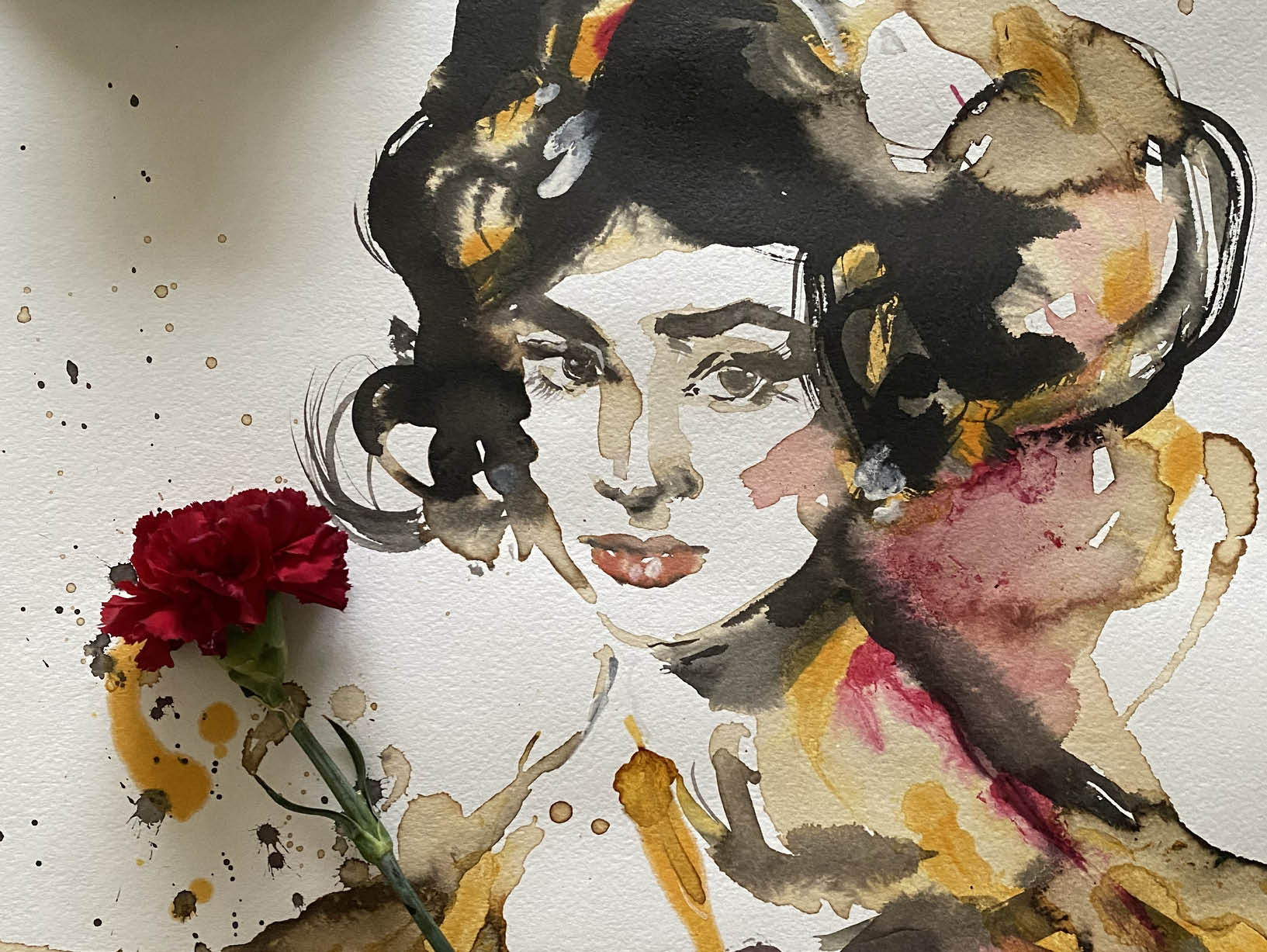
What inspired your cat paintings? What kind of brush and medium are used? And how does that relate to the style in which you paint them?
Ink kitten (2018) and the recent Pandora (2021) painting series are minimalist feline paintings inspired by my cat, Pandora. I used calligraphy brushes, sumi-e ink, and a very focused mind for both series. Each painting is written out like calligraphy without the use of tracing or an eraser. The art is inspired by my beloved cat, her dynamic movement, and her intentions of seeking perfection in everything she does. It makes me think that perhaps a perfect painting of a cat should be like the cat herself—simple yet elegant, free but in control at all times.
What drew you to painting with coffee? Did a coffee spill lead to an artistic epiphany?
I love drinking coffee in the morning and using the leftover coffee to spill out a painting. Every painting is a process I like as much as the painting itself. I taught film and special effects in the past, and I am always interested in both motion and stillness and how to connect the two. Yes, I have spilled coffee many times, and the shape of the spill reminds me of finding images in the clouds.
Do you consider yourself a homebody or a wanderer?
I am definitely a wanderer. I love traveling and living in different cities. There is so much to see and explore in the world. I love learning about different cultures, trying different cuisines, and meeting amazing people in different locations.
What keeps you grounded?
I think studying overseas made me a very independent person. I was a shy kid, but I’m a pretty happy and confident adult because I found my passion in art, which I will never give up. I love what I do.
For more info, visit anitayanwong.com




